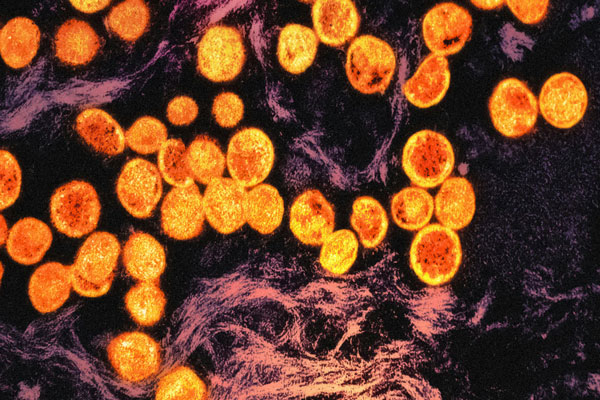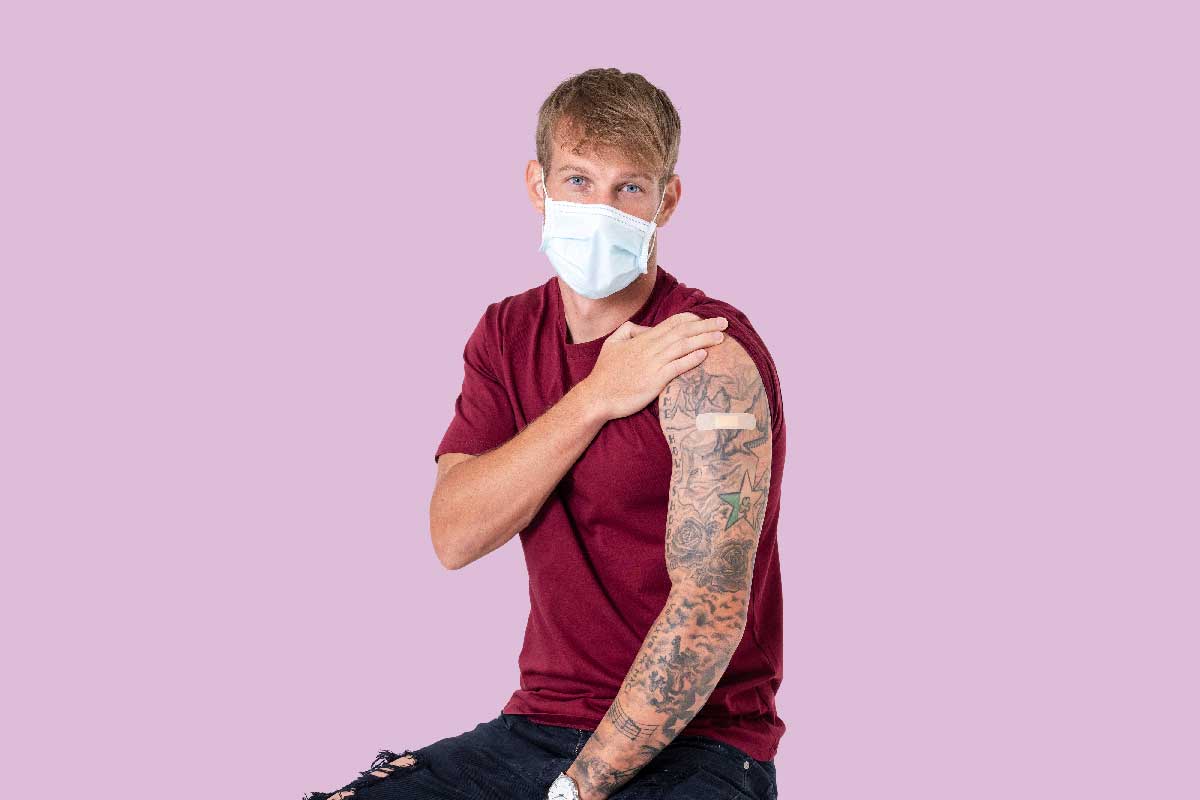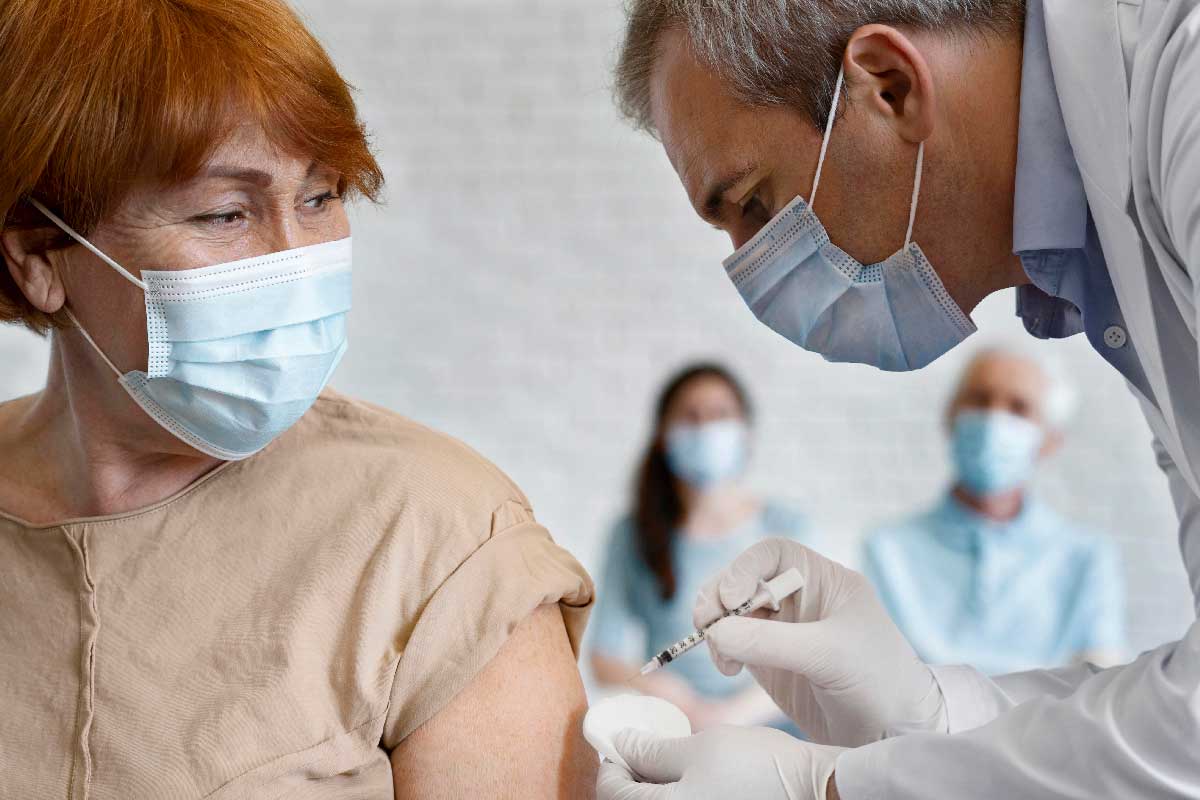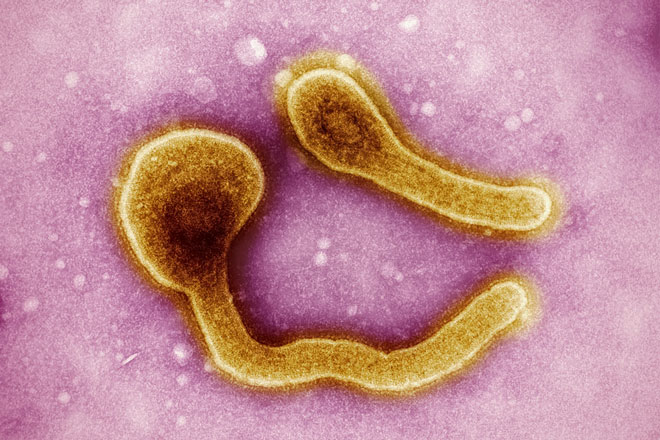Viruses in wastewater could help spot typhoid outbreaks
Hunting for viruses that infect the typhoid bacterium in sewage could be a quicker, cheaper way to detect high levels of disease in communities.
- 28 March 2023
- 4 min read
- by Priya Joi
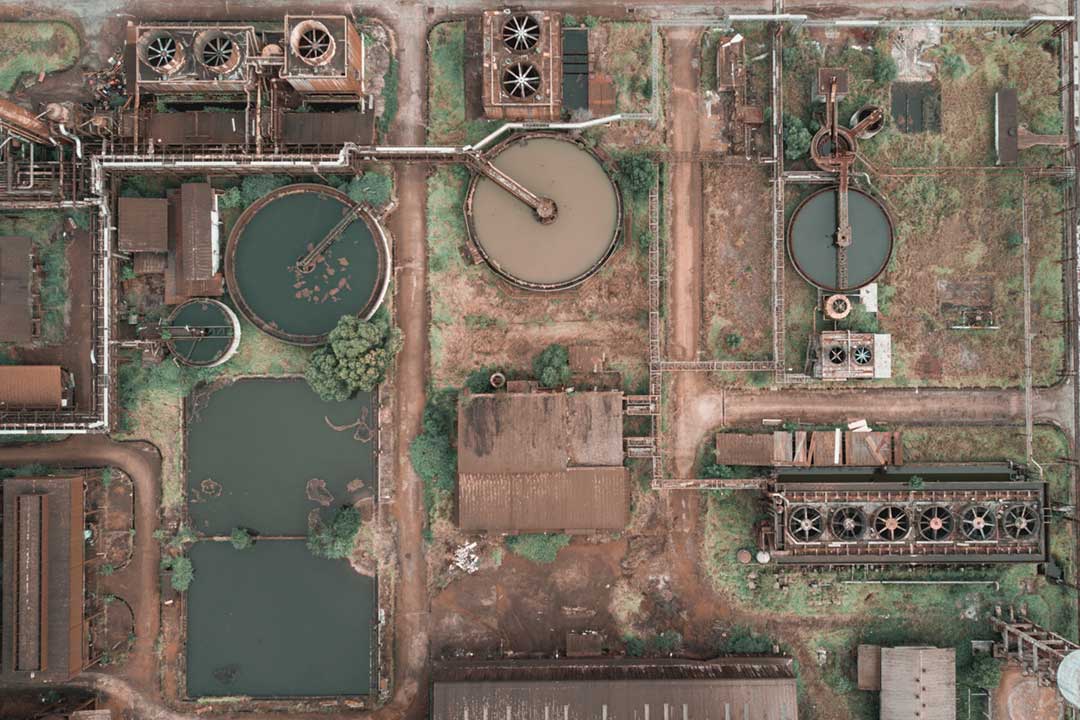
Typhoid fever has long been a public health problem in countries with poor water, hygiene and sanitation and the bacterium is increasingly becoming resistant to the antibiotics we have to treat it. More countries are starting to roll out the typhoid conjugate vaccine, but health officials need to have a handle on where community transmission is especially high to be able to target vaccine roll-outs.
Around 5% of 4,620 blood samples taken from the two largest children’s hospitals in Dhaka contained S. Typhi.
Two separate teams of researchers in Nepal and Bangladesh have found that looking for bacteriophages that infect Salmonella Typhi bacterium that causes typhoid, might be a quicker, cheaper proxy for surveillance of typhoid prevalence in the community. Their research has been published as a preprint and has not yet been peer-reviewed.
Detection by proxy
Despite there being a vaccine, typhoid still makes up to 20 million people sick and kills up to an estimated 161,000 every year. The dominance of antibiotic-resistant strains of the bacterium has led the World Health Organization to recommend in 2018 that countries with a high burden of typhoid introduce vaccines. Countries such as Pakistan and Zimbabwe have been leading the way in responding to typhoid outbreaks with vaccines.
S Typhi infects the intestinal tract and is transmitted through faeces, thus analysing sewage is the best way to pinpoint circulating bacteria – where there are bacteriophages, the researchers reason, there must be bacteria.
But hunting for bacteria in sewage is time-consuming and costly at US$ 100 to run a PCR test looking for the bacterium in a water sample; by contrast, it costs only $2 to identify bacteriophages using a petri dish, and a much smaller sample than to detect bacteria.
Have you read?
The sample sewage water is dripped onto colonies of S. Typhi growing on a petri dish – if typhoid-specific bacteriophages are present, they kill the bacterium, and form clear patches on the bacterial growth.
Pathogen prevalence
In Bangladesh, the research team collected some 300 water samples from sewers, rivers and lakes, and stagnant pools created after floods or heavy rain, from sites in the capital, Dhaka, and Mirzapur, a rural town outside the capital, between August and December 2021.
In Dhaka, which has a high typhoid burden, bacteriophages were detected in around a third of 211 samples, compared with only 3% of the 92 samples from Mirzapur, which has few cases of typhoid. These results corresponded with data collected in hospitals — around 5% of 4,620 blood samples taken from the two largest children's hospitals in Dhaka contained S.Typhi, compared with just 0.05% of 3,788 samples from the biggest hospital in Mirzapur.
Bacteriophages had actually been used to treat typhoid before antibiotics were available in 1948, and given the rise of antibiotic resistance, in 2022 they were suggested as an alternative to antibiotics.
Similarly in Nepal, Kathmandu and Banepa, which have a high prevalence of typhoid, 55% of 361 river-water samples collected between November 2019 and October 2021 contained typhoid bacteriophages. No phages were detected in river samples collected in sites farther east of the country, where typhoid is rare.
Novel approach
Bacteriophages had actually been used to treat typhoid before antibiotics were available in 1948, and given the rise of antibiotic resistance, in 2022 they were suggested as an alternative to antibiotics.
However, James Ebdon, an environmental microbiologist at the University of Brighton, UK, told Nature that this is likely to be the first time bacteriophages have been used to identify typhoid in the community.
Kesia da Silva, a microbiologist at Stanford University, California, and an author of the Nepal study, told Nature: "We have better data on typhoid burden in South Asia, but there are many other countries where we don't have that." This approach could be an affordable way to rapidly scan sewage to identity hotspots of typhoid and introduce vaccines to stem the spread of the bacteria.
